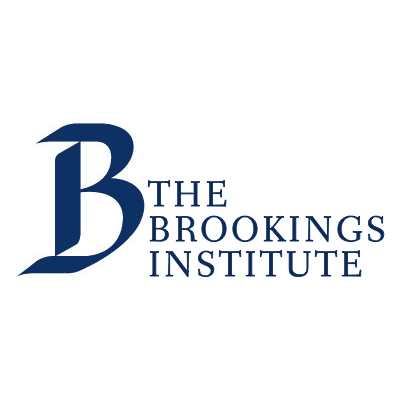COVID-19 has left a legacy of record-high debt and shifted the trade-offs between benefits and costs of accumulating government debt. How do these trade-offs manifest themselves? And how does the current debt boom compare with previous episodes? We argue that the debt legacy of the pandemic is exceptional by historical standards in a way that warrants prompt policy action.
The pandemic’s debt legacy
The recent fiscal deterioration in advanced economies and emerging market and developing economies (EMDEs) stands apart over the past half-century. Output collapses and government spending to keep economies afloat triggered a massive increase in global debt levels. In 2020, global government debt increased by 13 percentage points of GDP to a new record of 97 percent of GDP. In advanced economies, it was up by 16 percentage points to 120 percent of GDP and, in EMDEs, by 9 percentage points to 63 percent of GDP.
Even before the pandemic, the global economy experienced an unprecedented wave of debt accumulation that started in 2010—the largest, fastest, and most broad-based of four global debt waves since 1970. In EMDEs, the accompanying widening of fiscal deficits and the speed at which both government and private debt rose far exceeded changes in previous waves of debt.
This rapid increase in debt is a major cause for concern because of the risks associated with high debt. Previous waves of debt ended in widespread financial crises, such as the Latin American debt crises in the 1980s and the East Asian financial crisis in the late 1990s.
Trade-offs of debt accumulation
The pandemic has vividly illustrated the benefits of accumulating debt in the role of large fiscal support programs during the 2020 global recession. They were a critical policy response to avoid worse economic outcomes. They supported household incomes, kept businesses afloat, and helped stabilize financial markets.
Related Content
However, as the initial recovery from the pandemic gives way to a new normal, the balance of benefits and costs of debt accumulation is increasingly tilting toward costs. The costs of debt include interest payments, the possibility of debt distress, constraints that debt may impose on policy space and effectiveness, and the possible crowding out of private sector investment (Figure 1).
As the global economy strengthens, financial conditions are likely to tighten, whether because central banks begin to normalize monetary policy or because investors expect higher inflation. In EMDEs, this may be accompanied by depreciations that put pressure on debt sustainability in those countries with a large share of foreign currency-denominated debt. Even where foreign currency-denominated debt is limited, rising borrowing cost may erode debt sustainability, especially if growth fails to rebound strongly. Record-high EMDE debt makes countries vulnerable to financial market stress. Meanwhile, a recovery in domestic demand and closing output gaps may make additional fiscal stimulus unhelpful.
Ongoing debt booms
And many EMDEs are now particularly vulnerable to financial stress. More than two-thirds of EMDEs are currently experiencing debt booms. Their median government debt boom currently underway is similar in magnitude to, but has already lasted three years longer than, the median past debt boom (Figure 2). Current booms have been accompanied by a considerably larger fiscal deterioration than past booms (Figure 3). And booms currently underway have also been associated with slower output, investment, and consumption growth than in previous episodes.
Historically, about half of such booms in EMDEs were associated with financial crises either during the boom itself or in the two years after the end of the boom. Government debt booms associated with financial crises featured significantly weaker macroeconomic outcomes than booms without crises.
Low-income countries (LICs) are particularly at risk of debt distress, both because of high debt levels and because of a fragile composition of debt. In LICs, government debt rose by 7 percentage points, to 66 percent of GDP, in 2020. The composition of LIC debt has become increasingly non-concessional over the past decade as they have accessed capital markets and borrowed from non-Paris Club creditors. Since the end of April 2021, about one-half of LICs have been classified as being at high risk of debt distress or already in debt distress.
What to do?
National policymakers, as well as the global community, need to act urgently to address debt-related risks. Unfortunately, there is no easy policy fix that EMDE policymakers can implement to overcome these risks. For these economies, containing the potential risks associated with accumulating debt may mean resorting to alternatives for borrowing, including better spending and revenue policies, in an improved institutional environment. Spending can be shifted toward areas that lay the foundation for future growth, including education and health spending as well as climate-smart investment to strengthen economic resilience. Government revenue bases can be broadened by removing special exemptions and strengthening tax administrations. Business climates and institutions can be strengthened to support vibrant private sector growth that can yield productivity gains and expand the revenue base.
The global community can play a significant role in supporting a return to fiscal sustainability in EMDEs. In the near term, this includes supporting the vaccine rollout in these economies, where it has lagged and has weighed on the recovery. In the medium term, this includes fostering an open and rules-based trade and investment climate that has been a critical growth engine for many economies in the past. For some EMDEs, and LICs in particular, additional support may be needed to return debt to manageable levels, including debt relief.





